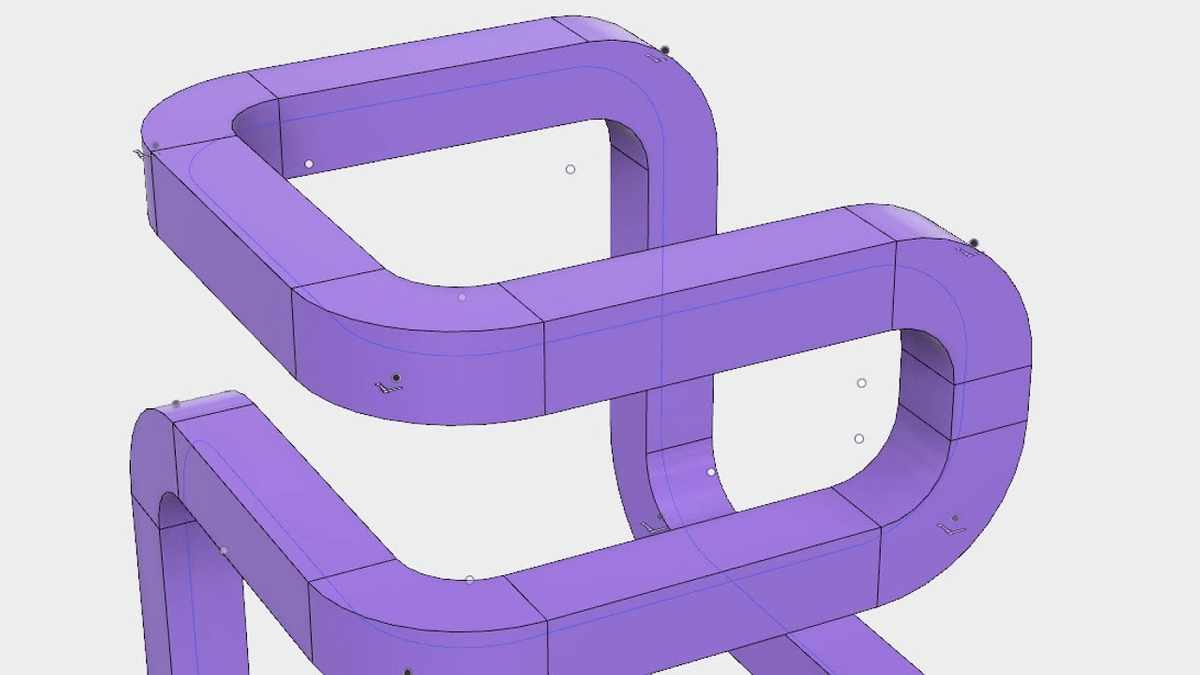In the realm of 3D modeling and printing, STL files are the foundational building blocks that hold the key to transforming digital designs into tangible objects. Let’s sculpt your vision into reality! Understanding STL Files We’re about to embark on a journey that will empower you to edit with confidence and creativity. So, if you’ve ever wondered how to effortlessly transform those intricate high-polygon STL files into works of art, keep reading.
Say goodbye to frustration and hello to precision as we dive deep into the world of 3D editing. Whether you’re a 3D printing enthusiast, a designer, or an engineer, you’ll discover the essential techniques, tools, and best practices to tackle even the most complex 3D models. In a nutshell, this article will be your ultimate guide to mastering the art of editing high-polygon STL files using Fusion 360.
But fear not, because in this article, we’re going to unravel the secrets of editing high-polygon STL files in Fusion 360 and make the process as smooth as silk.
Have you ever been excited to bring your 3D printing project to life, only to be met with the daunting challenge of editing a high-polygon STL file? It can feel like trying to sculpt a masterpiece from a block of marble with a spoon.





